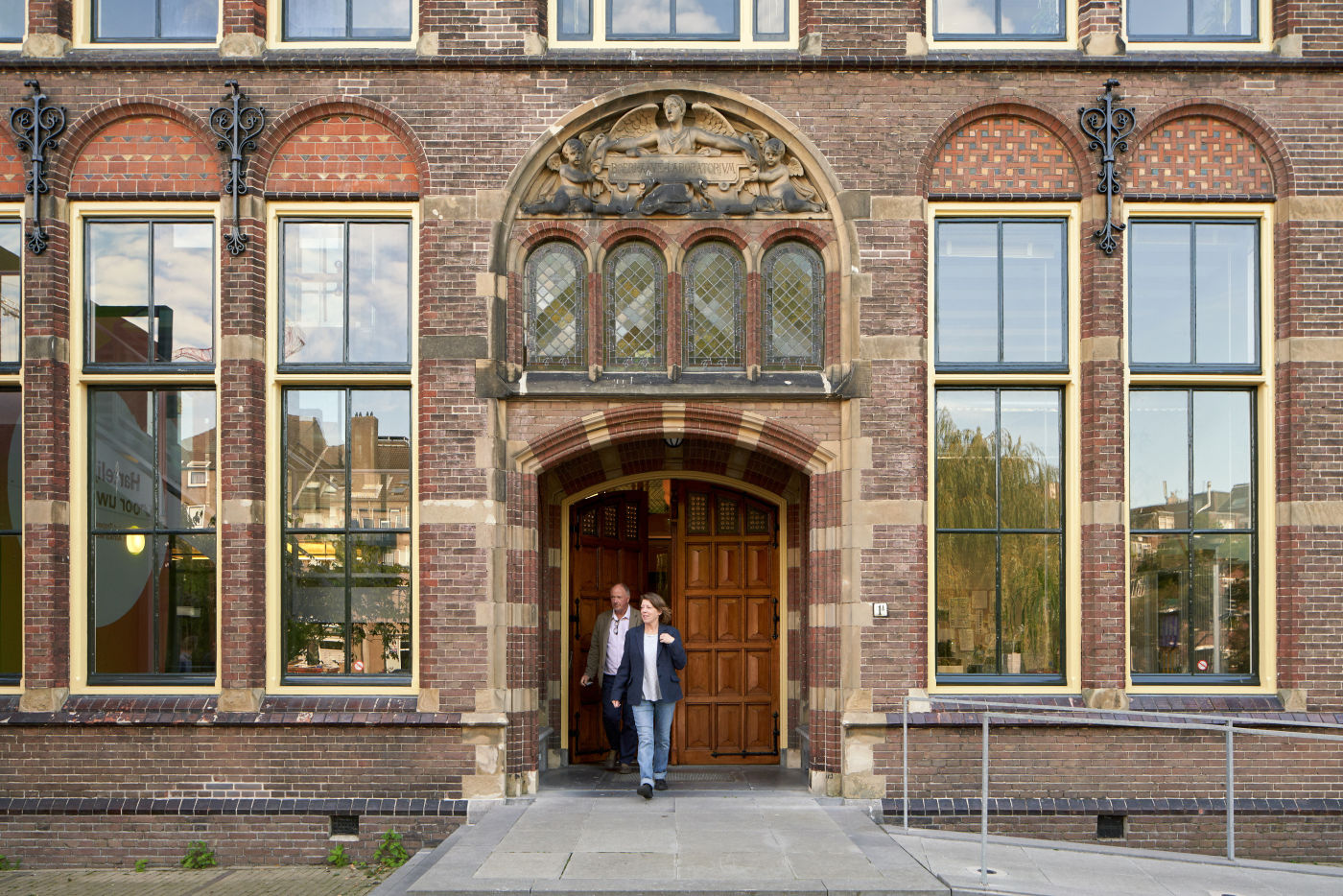As of March 31st 2024 the Restorient Studio is now closed. We would like to thank all our friends, colleagues and clients both in Europe and Japan for their support over many years. It has been a privilege. — Andrew and Sydney
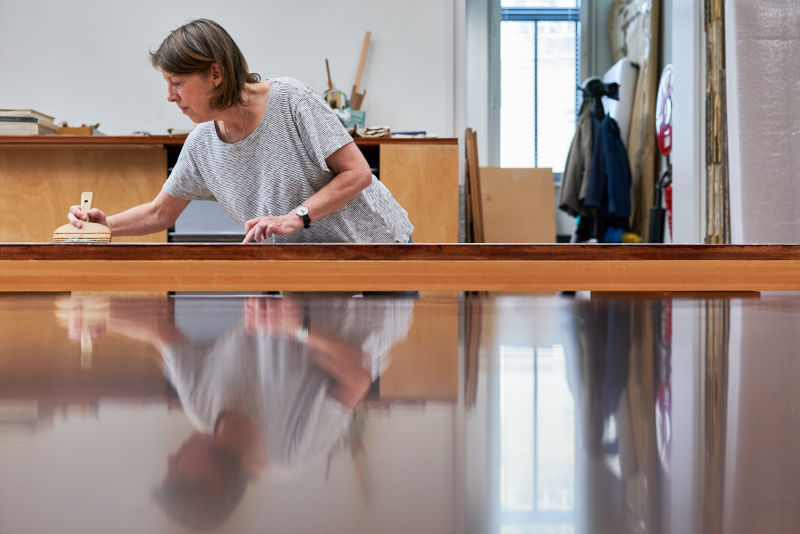
Sydney is an experienced, highly skilled practical conservator of Japanese Painting, who has worked at the renowned Usami Shokakudo, Kyoto, in addition to 17 years at the British Museum where she was a Senior conservator in the Eastern Pictorial Art Conservation department. It was the appeal of working with some of the most important collections of paintings in Europe which led her to move to Restorient in 2005. Clients have included: The Chester Beatty Library, The National Museum of Scotland, The Asian Art Museum, Cologne and the Rijksmuseum Amsterdam. Sydney is an ICON accredited conservator.
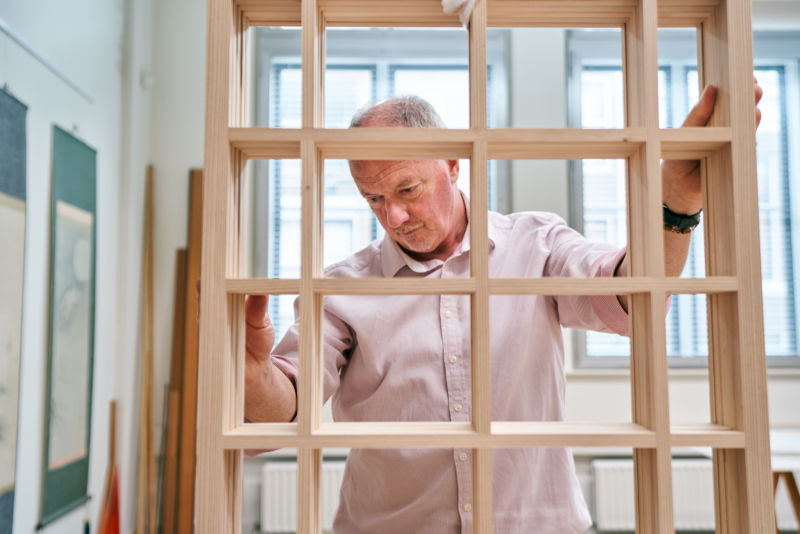
After working at the V&A Museum, London, and the Metropolitan Museum, New York, Andrew worked for 23 years at the British Museum. There he was Chief conservator of the Hirayama conservation studio and responsible for the extensive collections of Eastern art on paper and silk. He founded Restorient in 2004, bringing his many years of experience with a passion for oriental paintings to museums and collectors across Europe. He has published and lectured internationally and is an accredited member of the Institute of Conservation.
The studio is dedicated to the conservation of Oriental paintings with a special emphasis on Japanese scrolls and screens.
We employ traditional adhesives including reversible fresh wheat starch paste (shinori), 10 year old aged paste (furunori) and seaweed paste (funori). The various formats all require very specific treatments as paintings on silk are treated differently than those on paper, and therefore each artwork is evaluated individually.
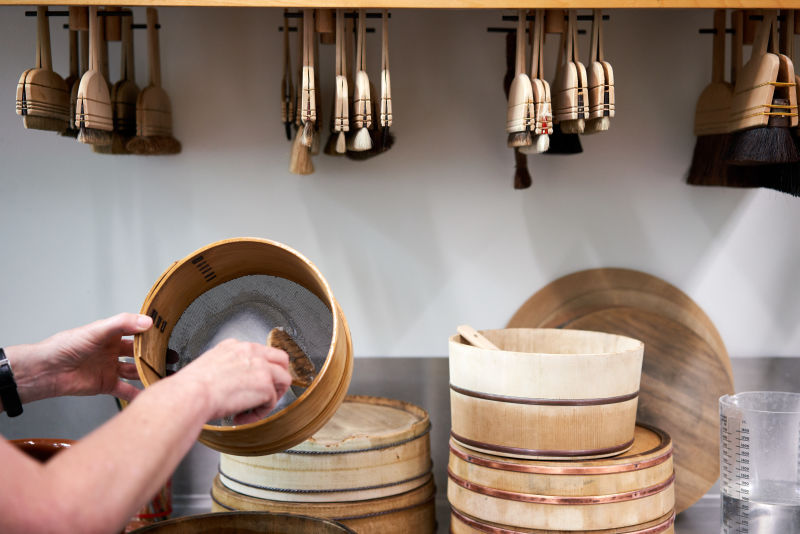
The hanging scroll is a complex multi-layered format that incorporates a variety of hand-made papers, silks and adhesives. The folding screen has papered wooden lattices, paper hinges, silk border strips and a lacquered frame surrounding the paintings. Hand scrolls comprise of a combination of calligraphy and paintings often many metres in length.
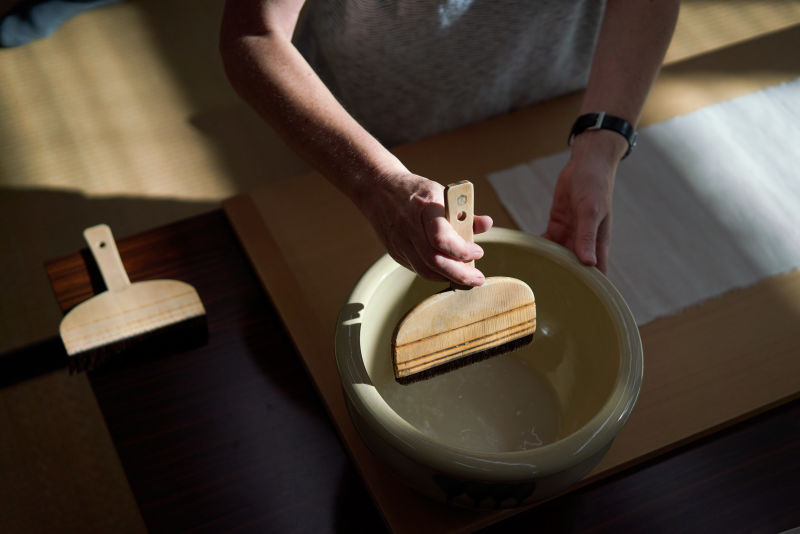
Irrespective of the format, consideration must be given to the stability of pigments, the condition of painting supports of paper or silk, historic repairs, as well as returning paintings to a functional order.
Our tools and materials are sourced from specialist suppliers and are of the highest quality available. We work firmly within the long established tradition of scroll and screen mounting in Japan consistent with best conservation practise.
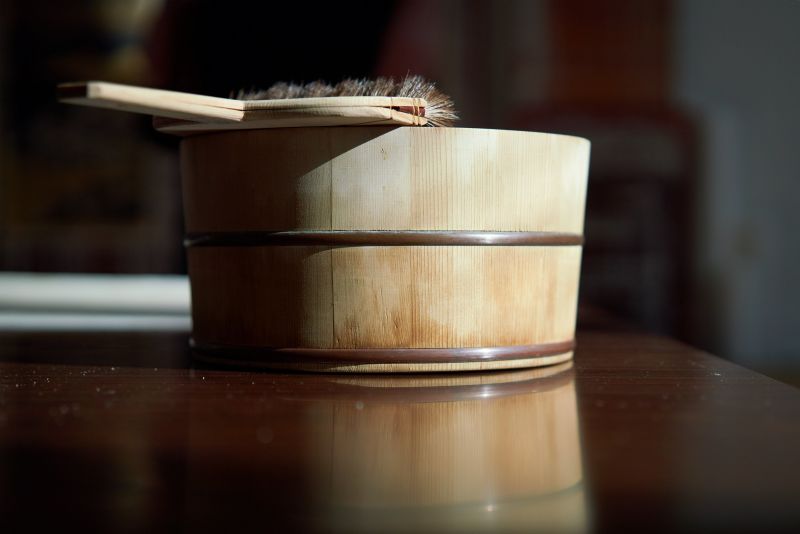
Rijksmuseum Volkenkunde
(Nationaal Museum van Wereldculturen)
Steenstraat 1, P.O. Box 212, 2300 AE Leiden
The Netherlands
